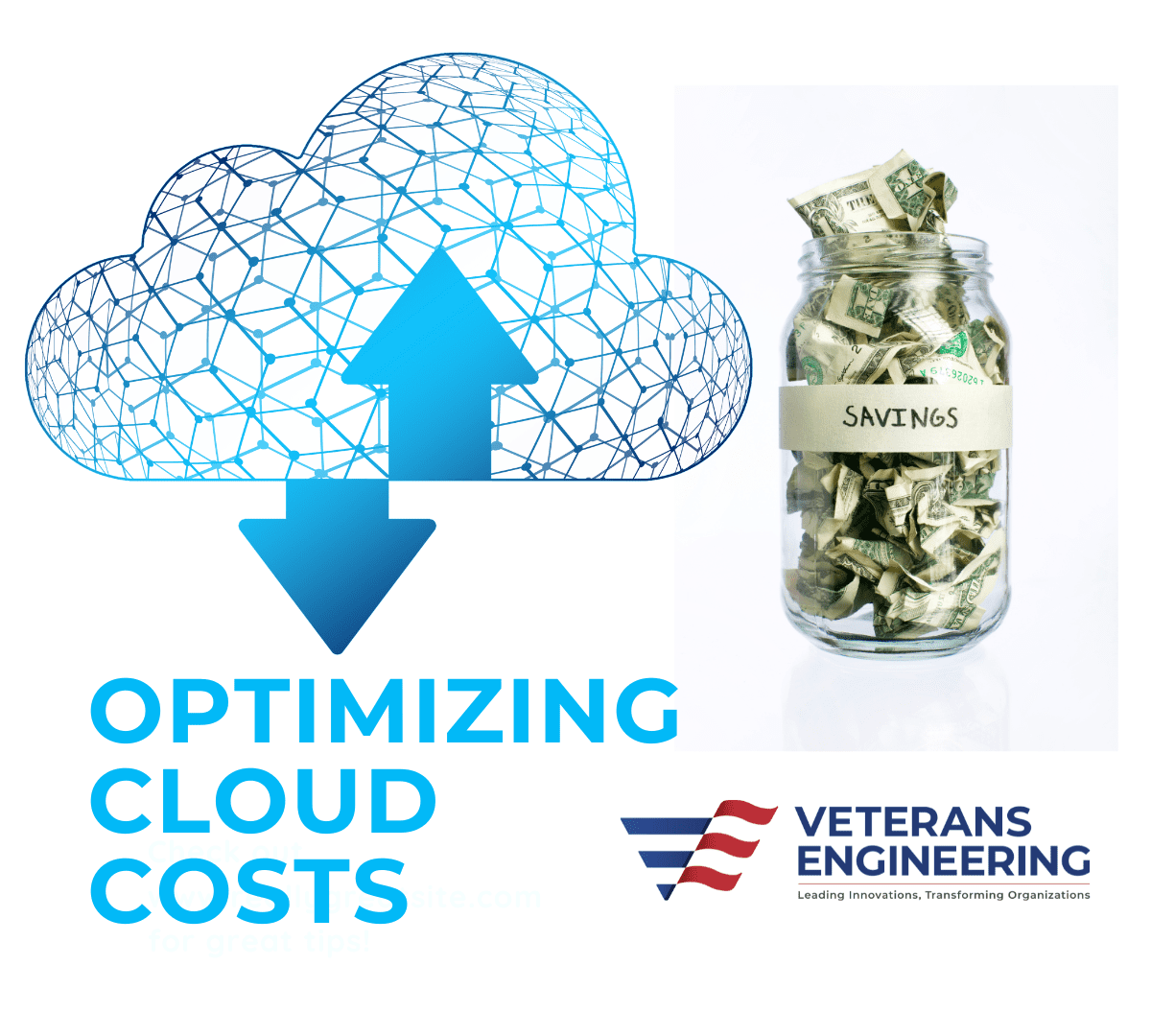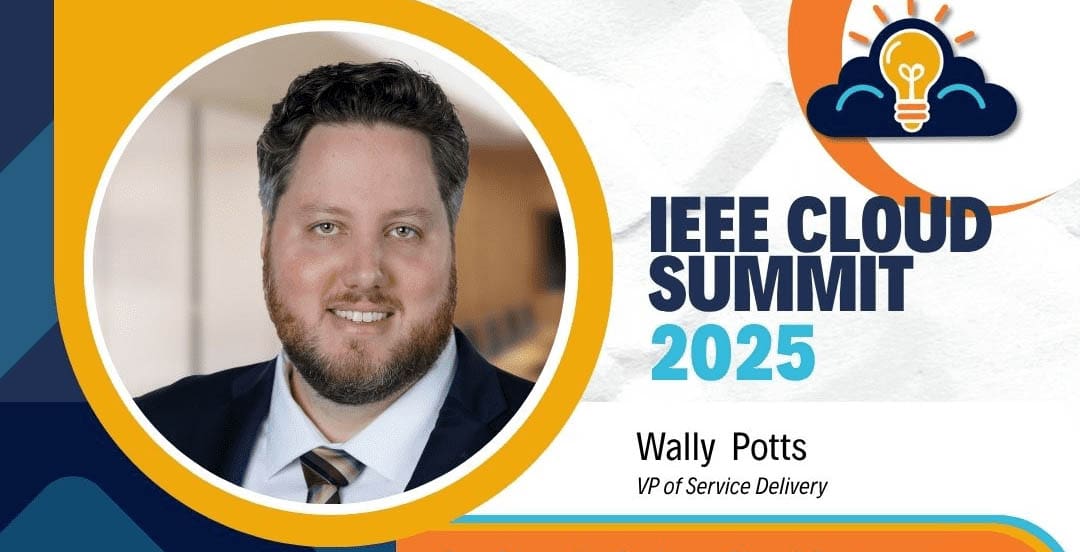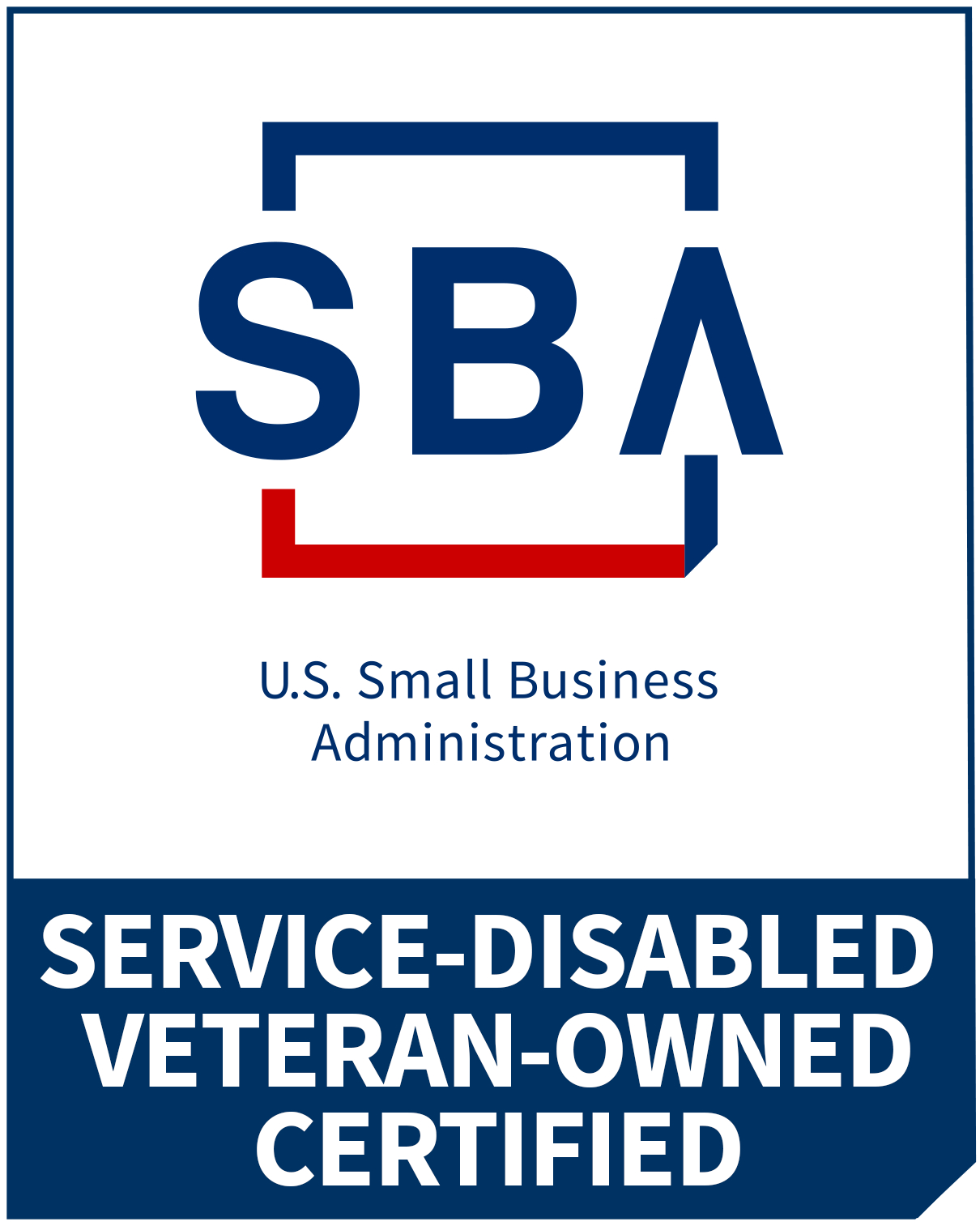
As large organizations implement cloud-first strategies to enable digital transformation, they face a common and mounting problem of managing and optimizing cloud spend at scale. Because the speed, flexibility, and scalability of cloud services can create a blind spot around financial oversight, cloud leaders (whether you’re running a Fortune 500 enterprise or a federal agency) need to establish the right framework before the complexity of cloud operations becomes overwhelming.
This is where FinOps (short for Cloud Financial Operations) comes into play as an effective way to guarantee that cloud expenditures are intentional, transparent, and optimized. FinOps creates a culture of accountability and efficiency in both the public and private sectors and ensures that cloud decisions are aligned with business outcomes and mission objectives.
In this blog, we explore what FinOps is, how it can help large organizations, and actionable steps to get started with configuring a cloud financial management program.
What is FinOps?
FinOps is a discipline of cloud financial management that helps unify engineering/IT, finance, procurement, and operational teams to collaboratively manage cloud costs. It encourages visibility, control, and predictability of costs across departments, business units, or agency programs.
In large organizations, their cloud spend can easily reach millions of dollars each year. FinOps helps organizations understand:
- Cloud usage by team, function, or service
- Manage and forecast budgets for cloud services
- Foster accountability for decisions regarding consumption of cloud services
- Align cloud investments with the organization’s strategic priorities
The FinOps Foundation defines it as:
“FinOps is an operational framework and cultural practice which maximizes the business value of cloud and technology, enables timely data-driven decision making, and creates financial accountability through collaboration between engineering, finance, and business teams.”1
For public sector agencies, FinOps is more than just cutting costs; it is about providing visibility into actual cloud usage, enabling them to better steward public funds, strategize procurement processes, and comply with federal financial and cybersecurity requirements. For the private sector, FinOps supports greater profitability, agility, and operational resilience.
Here are the key principles of FinOps, as outlined by the FinOps Foundation, that apply universally:
- Teams need to collaborate
- Decisions are driven by business (or mission) value
- Everyone takes ownership of their cloud usage
- FinOps reports should be accessible and timely
- Cloud value is variable; you need to embrace that reality. FinOps should be enabled centrally
- Take advantage of the variable cost model of the cloud 2
Benefits of Implementing FinOps Practices
Here are five key benefits of implementing a FinOps Practice:
-
Increased Visibility and Transparency
Large organizations often operate in complex environments comprising multiple business units, departments, and/or agencies. FinOps provides real-time visibility into cloud spending (by service, team, project, customer, application, or even individual developer). This allows:
-
- More accurate chargeback/showback models.
- A seamless compliance with internal and external reporting regulations.
- Insight into where cloud optimization will create the biggest value.
-
Increased Budget Planning and Forecasting
Budgeting cycles are often not nimble enough to keep up with the cloud consumption model. FinOps facilitates more adaptable, data-driven financial planning to manage quarterly earnings calls, OMB compliance, and similar requirements. Real-time tracking is required for usage-based cloud billing models—not annual estimates.
FinOps practices provide:
-
- Proactive budget management
- Early detection of anomalies or spikes in costs
- Scenario planning based on usage trends
-
Accountability Across Teams
In business and government, FinOps changes cost responsibility from not only finance teams to the engineers and decision-makers implementing and managing cloud services. When developers and architects understand the cost implications of their decisions and actions, they can make conscious decisions and adjustments—without impacting performance.
-
Operational Efficiency and Better Resource Management
FinOps frameworks help organizations:
-
- Identify and eliminate idle resources
- Right-size workloads
- Schedule downtime for non-production environments
- Improve the ROI of cloud investments
This not only reduces waste but ensures every dollar spent is aligned with organizational priorities—whether that’s increasing shareholder value or delivering citizen services.
-
Support for Compliance, Governance, and Oversight
Government agencies can align FinOps with federal mandates like FITARA, TBM, or OMB A-11. Enterprises can support ESG, audit, and data governance initiatives. FinOps creates the operational rigor needed to meet both industry-specific and universal accountability standards.
Strategies for Effective Cloud Cost Management
The following are some successful FinOps strategies that large organizations have adopted.
-
Build a Cross-Functional FinOps Team
A successful FinOps initiative is built around the collaboration of the technical owner – the developers and engineers, finance/budget owner, and mission or business owner to build an effective FinOps Program. Stakeholders may include:
-
- Program Managers – define what success looks like for the mission or business team
- Finance/Budget Officers – aligning with budget processes and requirements
- IT and Cloud Architects – ensuring technical solutions align with requirements
- Developers and Engineers – ones writing the code and executing the actions that start the clock on the cloud spend
- Acquisition/Procurement – managing contracts, cloud licenses with vendors
In taking a cross-functional approach, all parties understand decisions are being balanced across fiscal, technical, and mission/business outcomes. Everyone is on board for success!
-
Implement Mandatory Tagging/Attribution
Cloud resources need to be tagged accurately in order to maintain visibility and to allocate costs for compliance correctly. Organizations need to institute automated tagging policies to classify resources by:
-
- Program or project, application, or workload
- Funding source, owner, or cost center
- Security classification (Or Environment – dev, test, prod)
- Owner or department, business unit, or agency division
Tagging the resources will also help support audits, FITARA (Federal IT Acquisition Reform Act) scorecard reporting, and Technology Business Management (TBM) tracking.
-
Utilize Automation for Spend Management and Optimization
AWS Cost Explorer, Azure Cost Management, and Google Cost Management, among others, can assist agencies in automatically detecting and resolving inefficiencies. Automation can help to:
-
- Power down non-production environments during off-hours
- Right-size virtual machines
- Detect storage or compute services that are under-utilized or not used at all
- Use savings plans/reserved instance plans
These measures will help reduce wasteful spending while also ensuring a highly available system.
-
Create Spend Policies and Budget Guardrails
FinOps doesn’t mean adding more processes – it means using smarter guardrails. Think about:
-
- Pre-set spending limits by a program, division, or business unit.
- Approval workflows for cloud services with significant spend.
- Alerts for cost anomaly detection.
- Reserved capacity purchases based on your historical capacity.
These ensure that the organization does not exceed congressional appropriations or internal budget ceilings.
-
Utilize Dashboards and Real-time Reporting
Dashboards that provide what has been spent, usage data, cost trends, and potential optimization inform leadership to make timely decisions. Tools like CloudHealth, Apptio, Cloudability, or dashboards from the cloud provider can all be set up.
The reports should showcase:
-
- Spend month-over-month, usage trends
- Forecast versus actuals
- Optimization savings opportunity
- Claimed balances at the end of the year or cost anomalies, or budget variances
-
Invest in Training and Change Management
FinOps requires a carefully crafted organizational change management plan. Cloud engineers, acquisition officers, and program managers should have an understanding of the monetary impact of their decisions. Training will allow folks to understand:
-
- How does my role evolve in a cloud-enabled environment?
- How does cloud billing work?
- What are the cost implications of design decisions?
- What are the best practices for cloud optimization?
Training should be available to the organization at all levels and should be incorporated into cloud onboarding. Monthly syncs at FinOps or when having the cloud review board can allow for the sharing of knowledge and allow team members to hold one another accountable and promote a culture where the teams typically ask, “What is the cost implication of this cloud decision?”.
Some Final Thoughts: FinOps as a Mission/Business Enabler
For larger organizations, FinOps is not an option anymore. It is a competitive necessity for organizations and a mission enabler for agencies. It aligns cloud investments to the core organizational strategy to drive growth, achieve compliance, or provide critical public services. FinOps provides organizations with a framework for collaboration by aligning IT, finance, and leadership to:
- Drive cloud cost efficiency
- Improve budget predictability
- Enable better data-driven decision making
- Aid in compliance and governance
- Provide the most business or mission value from the cloud
Need Help Getting Started?
At Veterans Engineering, we focus on assisting both public and private sector clients with solutions that are innovative and developed with FinOps principles. Whether you’re focusing on modernization, managing multi-cloud environments, governance, or optimizing spend after migrating to the cloud, we’re here for you. From tooling to training, we bring a deep understanding of how to manage cloud costs in complex environments.
Contact us to learn more about how we can assist you with building a smarter cloud financial strategy.




